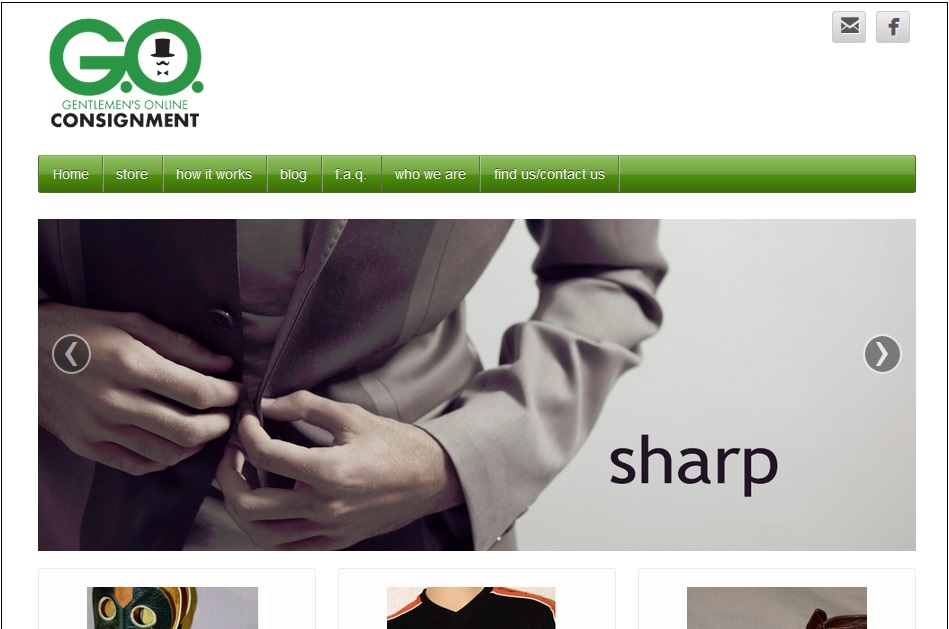Your cart is currently empty!

Website for a Startup
If you’re opening the doors of a new business, you’ll need a website. But when you first open the doors, you may not have everything set up and settled yet.
We just launched a new website for a brand new business — they called us with their address the day they signed the lease and sent a picture of the staff in front of the new sign before they hung it. What do you need for your very first website, and how can you get a polished look right from the start?
- Start with a great logo. We had Jay design a logo that sent the perfect message, and used it as the starting point for the website, while the business owner had cards, shirts, and signage made from it. The business has a clear visual brand from the start.
- Develop the basic navigation. Every site needs some basics:
- Homepage, where visitors can immediately tell what you have to offer and how they can get it
- Products and/or services, with enough detail to let visitors decide to buy
- About Us page that helps build trust by sharing photos, credentials, and qualifications
- Contact page, with email, phone, a contact form, and a map
- Authority pages, such as articles or a Frequently Asked Questions page, are good for search and to add… well, authority. You can add more as you grow.
- A blog is always good for business — but only if you’ll post regularly.
- Add social media integration. Again, do this only if you’ll keep up. Let your designer know what social media platforms you plan to use and send along the web addresses, handles, or other identifying info so they can hook everything up. If you don’t have social media accounts already and you need help, talk with your web people about getting them set up. If you’ve been using Facebook or G+ as your main online presence, be sure to invite everyone to visit your website once it’s launched.
- Make sure your site looks good on mobile devices. We make all sites responsive nowadays, but check with your designer to be sure. If you have something particular in mind, it’s all the more important to discuss that with your designer beforehand. There is not yet any general agreement on the best way to approach mobile sites, so don’t assume you and your designer have the same thing in mind.
- Don’t forget analytics. Even if you don’t know what to do with it yet, be sure to install Google Analytics (or another flavor of analytics if you prefer). Capturing the data from the beginning will make it more helpful when you’re ready to use it. We do this as a matter of course when we build a website, but not everyone does — you may have to ask for it. Same for the next item…
- Submit your site to Google and Bing. In our experiments, doing this sped up site indexing by several days. Go ahead and do some basic linkbuilding by submitting to local business directories, too, if you have time, but certainly spend the few seconds involved in submitting to the major search engines.
Putting in a little time on the front end getting your website up and running will pay off in the busy days ahead.
by
Tags:

Leave a Reply